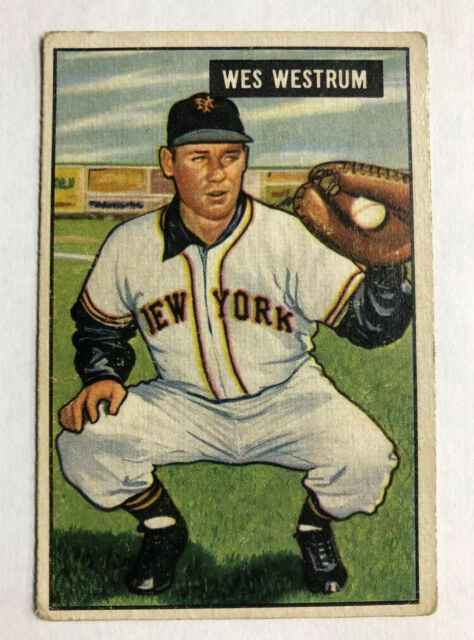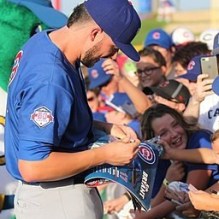Alou: My Baseball Journey
Felipe Alou, with Peter Kerasotis
293 pages
University of Nebraska Press, 2018
What a job resume! Anyone who’s ever applied for a job worries about those time gaps. As in: where were you were working from this date to that date?
Felipe Alou had none of those problems. Since signing as a player with the New York Giants in 1955, he stayed employed constantly through 2018. Best of all, all these jobs were in professional baseball.
That’s only one sense of Alou’s baseball journey. The talented outfield prospect came out of poverty in the Dominican Republic, making his minor league debut in 1956. Alou inaugural season was overshadowed by the racism of the Deep South, however. Fans peppered him with racist taunts, all “in that lilting Louisiana accent—a syrupy drawl, the sound and cadence of which have never left my ears.”
Alou’s eloquence runs through his memoir. He tells of early friendships with Orlando Cepeda and Willie McCovey. Cepeda and Roberto Clemente are praised as Alou’s batting muses. McCovey, meanwhile, encouraged Alou to stop buying and wearing cheap shoes for off the field. This author is grateful for many allies, and he shares the reasons why.
On September 10, 1963, Alou made major league history with brothers Jesus and Matty. The Giants outfield featured three brothers playing side by side. After two innings together with no consequence, reporters asked Felipe how he felt being one of three Alous on the field. “But mostly what I felt was an overwhelming sense of responsibility to look out for my younger brothers,” Alou recalled. “I was more concerned for them than anything else.”
Felipe Alou is a fine storyteller. He relates the tense relationship he endured with then-racist Alvin Dark, the Giants manager. Amazingly, they became friends after Alou’s career, thanks to their shared Christian faith.
The biggest surprise for me in the book was a revelation about son Moises Alou. Felipe got to manage his son with the Expos. Father Alou reveals a tidbit about Moises as a rookie: one of his son’s superstitions was to pee on his hands before a game, in hopes of gripping a bat better. Anyone getting an in-person autograph from Moises during those first years might think twice over their success.
One sentence in the book jumped out at me in the book. “…I believe it’s criminal to charge fans money to see pitchers hit.” Alou makes a strong case for why the National League should allow designated hitters, too. Noting that Alou spent his entire managerial career in the National League makes his feelings even more compelling.
Peter Kerasotis gets applause as an all-star co-author. Book projects require such assisting writers to be part hypnotist, part traffic cop and part cheerleader. Kerasotis extracted details aplenty from Alou, gleaning personal feelings to frame each notable moment. Alou’s book maintains a clear narrative path, moving through seasons with chronological ease.
Alou, now available in a new edition with an afterword by Bruce Bochy, is a worthwhile addition to baseball bookshelves. Read Alou, and you’ll be thinking that you own exhibit A in the case to get him overdue Hall of Fame consideration.


